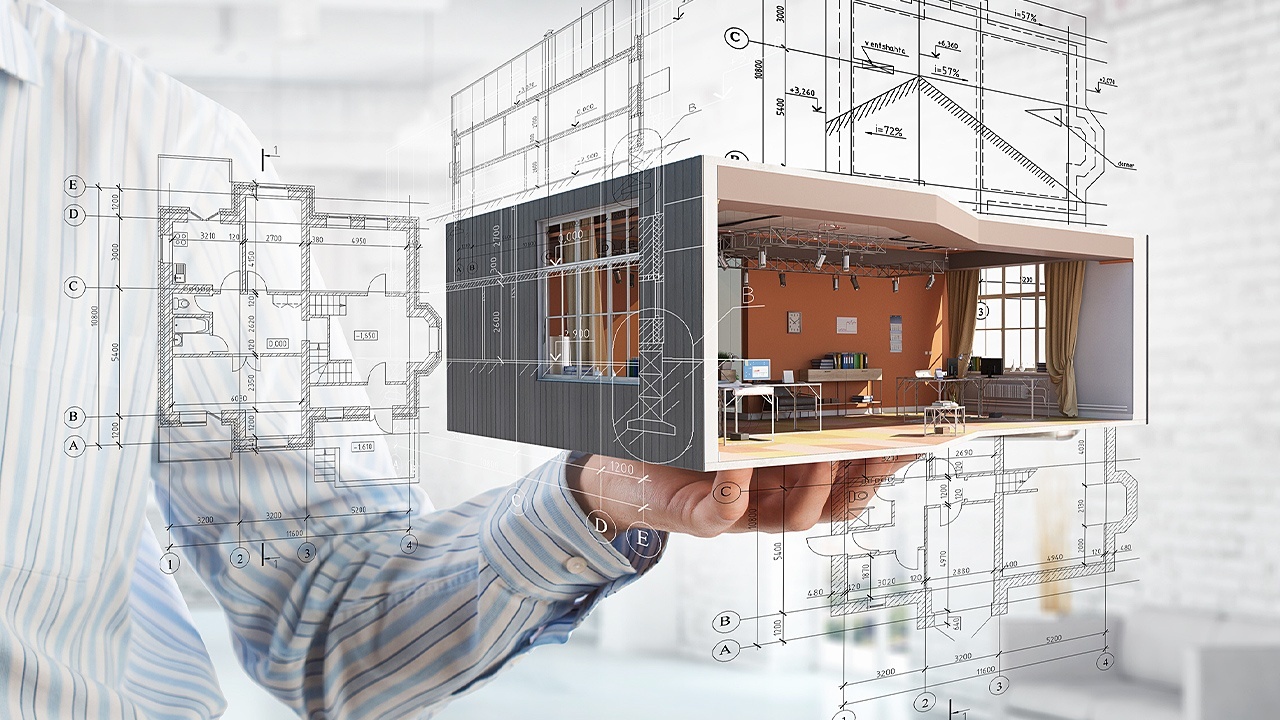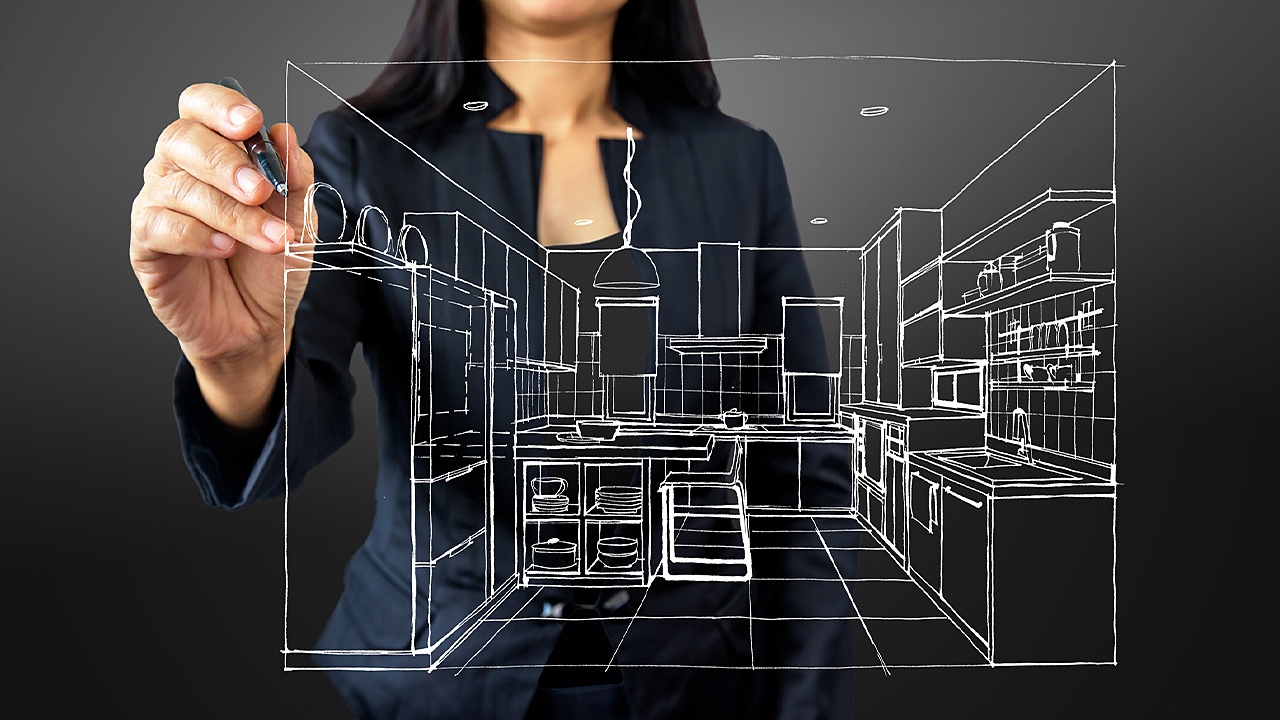Architecture is as much emotional as it is technical. Not only do buildings need to function according to their design, they also need to help address and facilitate the desires, needs, and expectations of the people who use them. A well-designed building can incite creativity, happiness, and productivity, while a poorly designed building can do the opposite.
A great presentation drawing will stir a client’s imagination, allowing them to picture how a building will look in real life. Here are some of the ways architectural technicians can help create gorgeous presentation drawings.
Revit Is an Essential Tool for Rendering Stunning Presentation Drawings
Revit is an amazing software program that has become indispensible for designing and constructing buildings. Architectural technicians often use Revit during every stage of a building’s creation, right from conception to post-construction maintenance. For architectural presentation drawings, Revit is an especially powerful tool.
One of the best features Revit offers in terms of presentation drawings is its rendering engine. Rendering is essentially the process of taking technical data and diagrammatic models and creating lifelike images with them. Revit gives architectural technicians a remarkable degree of control over how those rendered images look. For example, the user can specify what construction materials to display, adjust the texture of those materials, increase and decrease brightness, and adjust transparency. Because of Revit’s popularity among architectural firms today, it’s important for aspiring architectural design technicians to learn to use it at architectural design school.

Architectural Technicians Often Mix Rendered and Non-Rendered Elements
Variety can make presentation drawings look striking and dynamic. That’s why many architectural presentations mix up rendered and non-rendered elements. For example, if you are working on a new condominium project, you may incorporate a rendered image showing people living, cooking, and playing in one of the finished condos. Next to this, a non-rendered floor plan of that same condo can convey important information about the project’s specifications while also enhancing the overall aesthetics of the presentation. In Digital School’s technical design programs you’ll learn the 2D and 3D essentials of AutoCAD which can help you develop both rendered and non-rendered images for architectural projects.
Architectural Technicians Know Small Details Add Life to Presentation Drawings
Since conveying emotion is such an important part of architectural presentation drawings, adding little details is key to conveying an overall feeling or emotion. As an architectural technician, you can again use Revit to create these little touches.
For example, you can add images of people to your rendered images to give the client a better idea of how the building will function once built. You can also add plants, artwork, and shadows to make the image even more realistic. Finally, you can control the sun settings to show what the building might look like during different times of the day. If you have a building that boasts a large glass curtain wall, for example, you might want to show how that wall reflects the light of the sun at sunset or sunrise.
Do you want to complete training for a rewarding career?
Fill out the form to get started!



